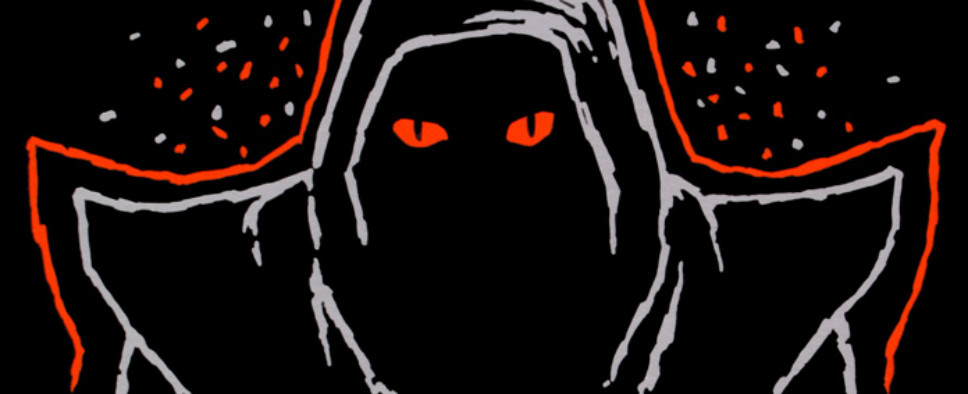What Makes a Good RPG Dungeon?
-
Category: News ArchiveHits: 3814

Following some Oblivion-related frustration, Felipe Pepe of The CRPG Book fame wrote a lengthy article where he tries to figure out what makes an RPG dungeon good and fun to explore. In the process, he provides numerous examples of standout dungeons, including Bloodlines’ Ocean House Hotel, Fallout’s The Glow, and Dark Souls’ Sen’s Fortress. It’s quite an interesting read. Here are a few sample paragraphs and you take things from there:
So CRPG dungeon design is intrinsically tied to the “verbs” that are available to the player — if can he jump, climb, sneak, fly, teleport, swim, fight ranged enemies, lockpick, break objects, directly maneuver with objects, talk to NPCs, push objects, etc.
Obviously the perspective, combat style, party size and skills also affect the dungeon design, but even things like the UI can radically alter how a dungeon is designed. For example, back in the 80s CRPGs didn’t have in-game maps, so you were expected to draw your own maps on paper — some CRPGs even included graph paper inside the game box.
Since the designers knew players were mapping every step, it was common to have traps that would spin or teleport the player away — without any warning! By the time you figured it out you weren’t where you expected to be, you had to erase half of your map and try to find where it went wrong.
This was a traditional challenge in most 80s CRPGs, like Wizardry, Might & Magic, Dungeon Master, Bard’s Tale and the Gold Box series, all of which were first-person RPGs. But this sort of challenge doesn’t work in isometric or third-person RPGs, and it vanished once in-game maps became a thing.
Think about that: a change in UI drastically changed how dungeons were designed and played in CRPGs!
So, while there are many resources on dungeon design for tabletop RPGs, such as JohnnFour’s 5 Room Dungeon, Kent David Kelly’s trilogy of books or this cool article on dungeon maps, it’s much harder to do something like that for CRPGs. If you are making a first-person RPG, then Luke McMillan’s article on FPS line of sight can be as useful than any tabletop reference, but the same article would be almost useless when designing an isometric RPG.
Therefore, what we’ll do for the remaining of this article is take a look at some really great dungeons and try to see what makes them so great, hopefully learning something in the progress.

